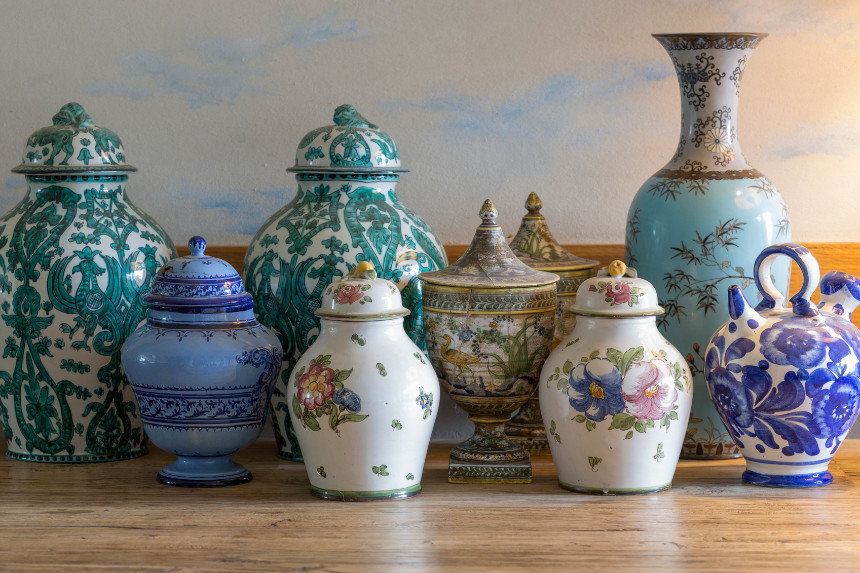When it comes to determining the worth of an antique, there is no one-size-fits-all solution. Different factors such as condition, rarity, and historical significance need to be taken into account when valuing antiques.
Antiques are a unique way to add a touch of timeless charm and grandeur to any home, so homeowners need to know how to accurately value them. Antique fireplaces in particular can be especially valuable additions, and many people find themselves wondering how they can best determine the value of their prized pieces.
Thankfully, with the right tools and knowledge at your disposal, you can get an accurate estimate of the value of any item in your collection. Here are 6 tips for evaluating antiques that will help you maintain an accurate appraisal of any valuable item in your home.
1. Condition
The condition of an antique is one of the most important factors in determining its market value, as even slight imperfections can reduce its price significantly. In some cases, minor repairs may be needed for an antique’s value to reach its full potential. It is important to examine all aspects of an object’s condition carefully and factor this into the overall appraisal of the item.
2. Rarity
When evaluating an antique’s market worth, rarity also needs to be considered. An item that was produced in limited numbers or has been out-of-production for many years will likely command considerably more than similar items still being manufactured today.
Before investing in antiques, research should be conducted into production dates and quantities; the more limited edition the item is deemed to be, the higher its market value will generally be.
3. Historical Significance
Another factor to consider when pricing an antique is its historical significance if applicable – such as a desk once owned by a notable figure or chair belonging to royalty – as this increases its desirability and therefore resale potential drastically.
When researching specific items before making a purchase decision, finding evidence of related historical significance must not be overlooked as this could greatly increase their valuation beyond average expectations for similar objects from that era.
4. Provenance
Provenance is a historical record of ownership, combining information about past owners along with locations and dates where the object was owned or displayed. This provides a unique chronology behind the item in question. A reputable provenance adds credibility and legitimacy to an antique’s value, so be sure to research available records when looking into purchasing an item that boasts of such credentials.
Authenticity
Due to their rarity and potential for high resale values, antiques are often subject to forgeries and manipulation. Checking for authenticity is essential when evaluating any item as counterfeit pieces can significantly reduce the appraised value of real antiques.
Some variables that may be checked include chemical composition, maker’s marks or signature, age-appropriate materials used in construction and other physical traits associated with specific periods or origins.
Here are a few tips on how to effectively determine the authenticity of antiques:
Physical Characteristics
Physical characteristics are the most reliable way of determining authenticity. Examining age-appropriate materials used in an object’s construction, manufacturer’s marks or signatures and other physical traits associated with specific periods or origins can all tell you whether an item is real or not.
In some cases, expert help may be necessary to identify these features – art galleries, auction houses and museum curators can be great resources for this type of research.
Documentation
Having physical documentation that verifies an antique’s origin can also aid in establishing its authenticity. Having records of ownership along with locations and dates where the object was owned or displayed provides useful information regarding its provenance which can then be cross-referenced against known facts about that item’s production period for accuracy.
Collecting all available documents related to an antique before making a purchase decision is highly recommended as this could potentially add considerable value beyond average market expectations.
Tests
In some cases, scientific tests may be needed to confirm an antique’s legitimacy definitively. These could include chemical composition analysis, spectrographic examination, ultraviolet radiation testing, etc., depending on the nature of the piece in question and whether it contains any elements that need further analysis such as metals or precious stones.
Professional appraisers often use advanced methods like these when evaluating particularly valuable items so do not hesitate to seek their expertise if needed.
5. Desirability
Finally, desirability should also be taken into account when pricing an antique piece as this ultimately influences how much someone is willing to pay for it. Although different types of antiques may possess intrinsic value due to their limited availability or historical relevance, consumer demand will still play a role in determining final prices at auction or on the secondary market.
Researching current trends in antique collecting can help identify areas with increased desirability over others and assist in estimating a piece’s total worth accordingly.
6. Key Takeaways
Valuing antiques is more than a science, it’s an art as well. Every piece has its complexity when considering its worth, and it’s important to take all of the aforementioned factors into consideration. Researching antiques is not only necessary but can be very satisfying and enjoyable. You learn about the history and value behind each one-of-a-kind piece.
There are no shortcuts to evaluating antiques – consistent practice with these 6 tips will help you become an expert in valuing just about anything! So, get out there and start exploring!

